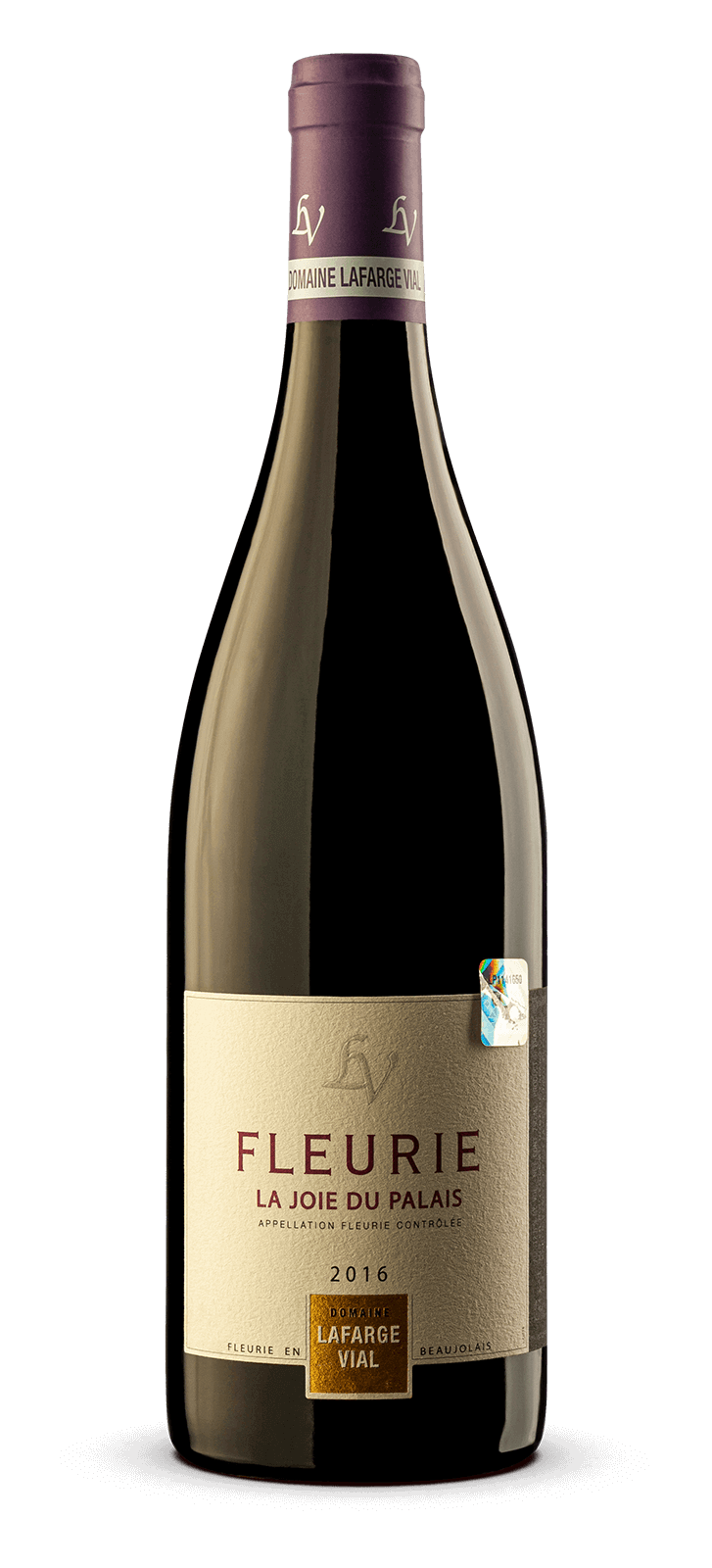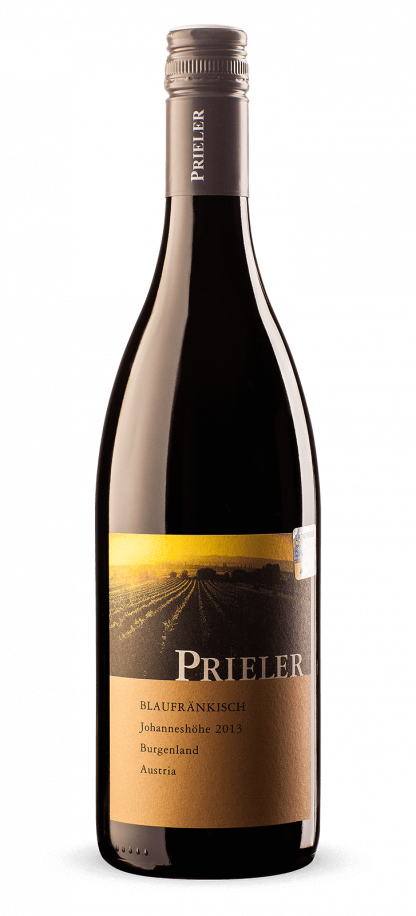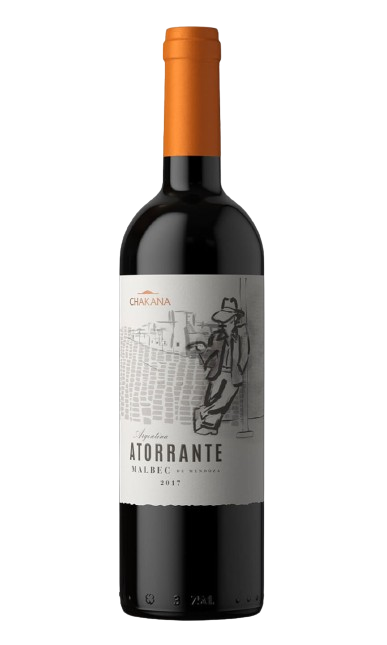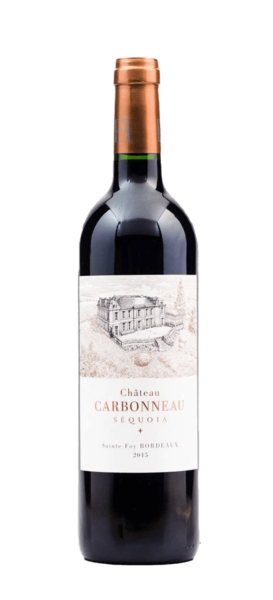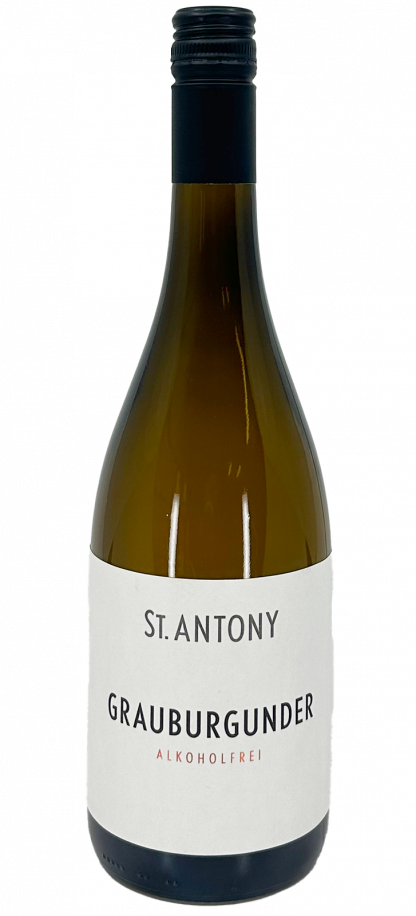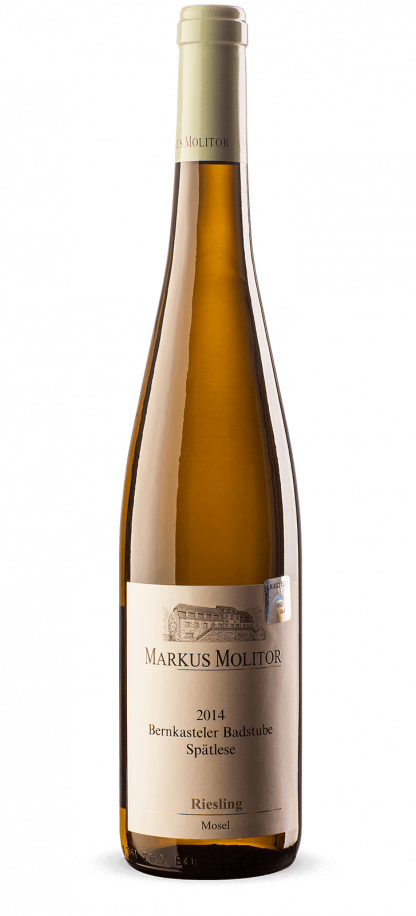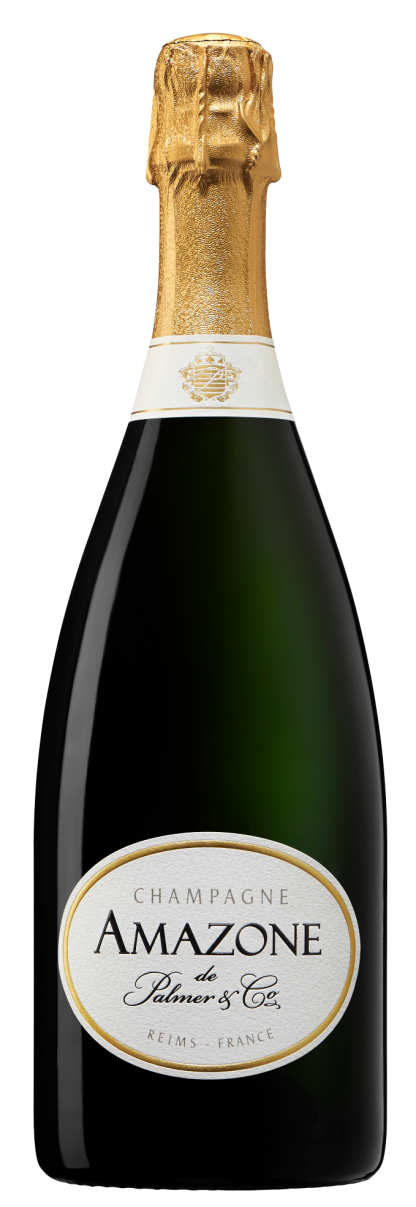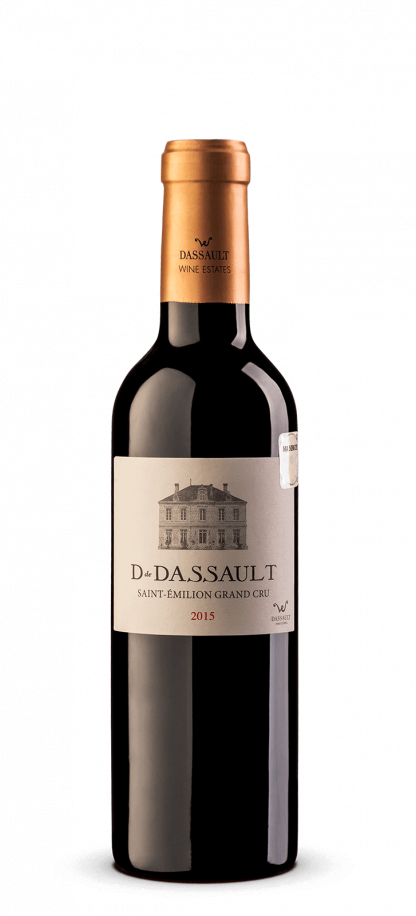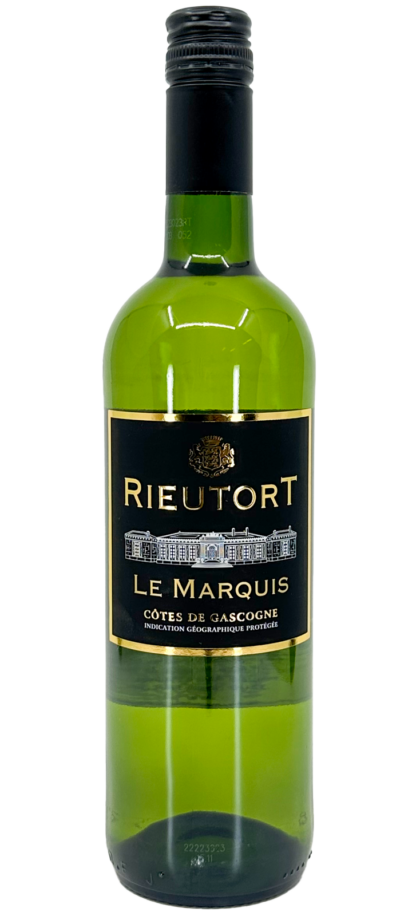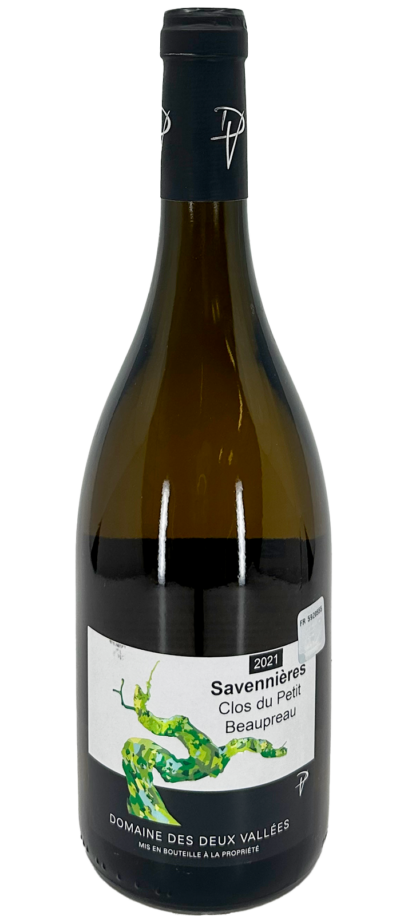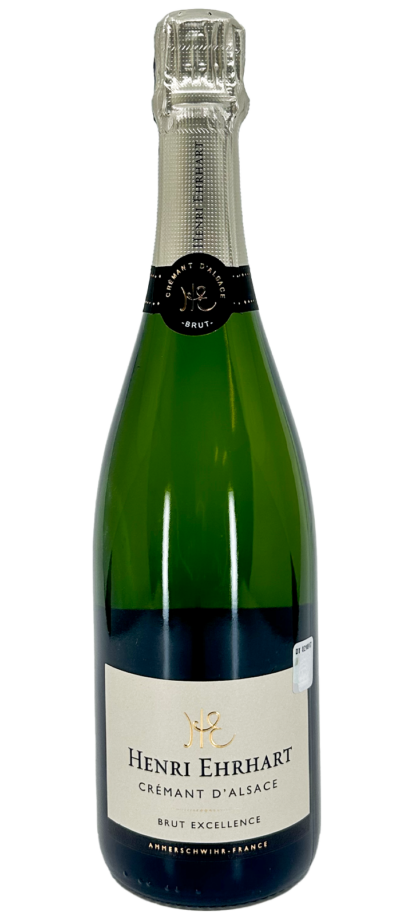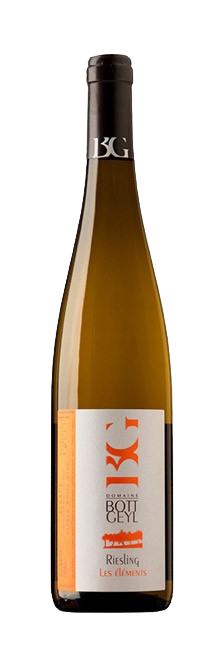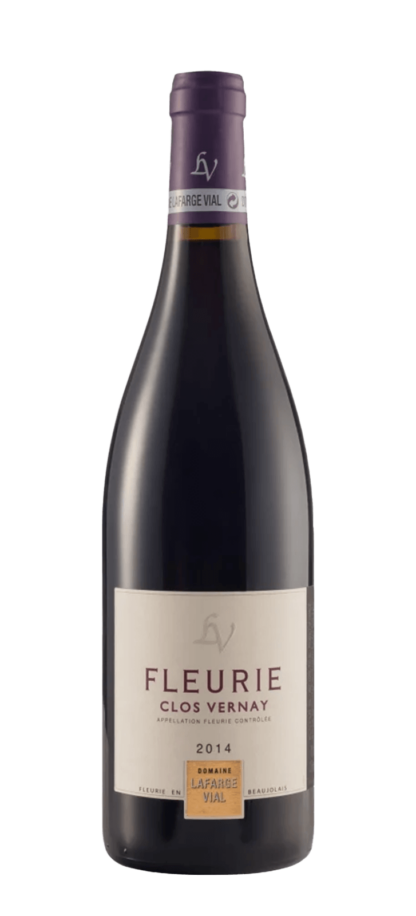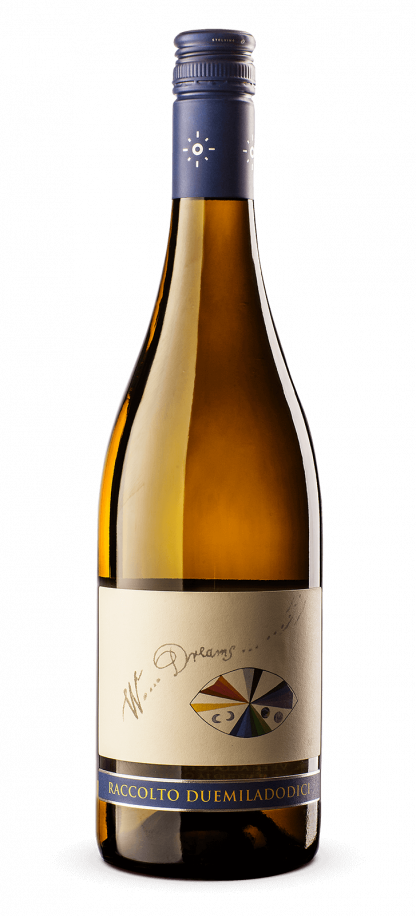Lafarge Fleurie “Joie du Palais” 2020
Tasting notes for Lafarge Fleurie “Joie du Palais” 2020 reveal a captivating bouquet of red cherries, raspberries, and violets, intertwined with hints of spices and a touch of minerality. On the palate, it offers a harmonious balance of bright acidity and silky tannins, with flavors of juicy red berries, a hint of pepper, and a long, elegant finish. This Gamay is known for its freshness, finesse, and the purity of its fruit expression.
Lafarge Fleurie “Joie du Palais” 2020 pairs beautifully with roasted poultry, grilled salmon, or a variety of charcuterie, where its acidity and fruitiness enhance the savory flavors. It also complements soft cheeses and vegetarian dishes, such as mushroom risotto, providing a refreshing contrast and elevating the overall dining experience with its delicate and refined profile.
3 in stock






